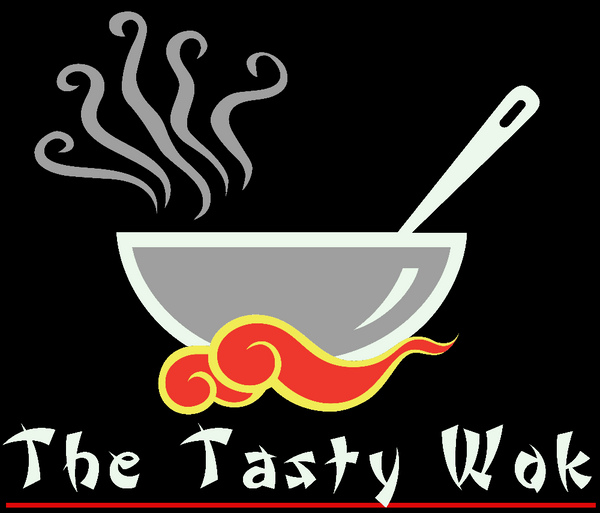
Southeast Asian Cuisine:
Share

A Journey Through Flavour and Culture
In Southeast Asia, food isn't just sustenance – it's a vibrant tapestry woven from centuries of cultural exchange, colonial influence, and local innovation. From the bustling street food scenes of Bangkok to the traditional warungs of Indonesia, the region offers some of the world's most exciting and complex cuisines.
The Fundamental Five
Southeast Asian cooking is built upon a delicate balance of five fundamental tastes: sweet, sour, salty, bitter, and umami. But what truly sets it apart is how these flavors are achieved through an incredible array of indigenous ingredients. Palm sugar provides a complex sweetness unlike refined sugar, while fish sauce delivers both saltiness and umami in a way that's distinctly different from soy sauce. Tamarind and calamansi offer unique sour notes, while bitter herbs like Vietnamese rau ram add depth and complexity.
Regional Distinctions
Vietnam
Vietnamese cuisine is perhaps best known for its fresh herbs and light, clean flavors. Pho, the country's beloved noodle soup, demonstrates the perfect harmony between clear broth, tender meat, and fresh herbs. The French colonial influence is evident in banh mi, where crusty baguettes meet local ingredients like pickled vegetables and pate.
Thailand
Thai food masterfully balances sweet, sour, spicy, and salty flavours in dishes like tom yum goong and pad thai. Central Thai cuisine differs significantly from the spicier southern dishes and the more herbaceous northern fare. The use of coconut milk, lemongrass, and Thai basil creates distinctive flavours that have made this cuisine globally popular.
Malaysia and Singapore
These cuisines showcase the beautiful marriage of Chinese, Indian, and Malay influences. Laksa, a spicy noodle soup, varies dramatically across regions – from the coconut-rich curry laksa to the sour asam laksa. The countries share many dishes but often with subtle local variations, leading to friendly debates about origins and authenticity.
Indonesia
Spanning over 17,000 islands, Indonesian cuisine is incredibly diverse. Rendang, a slow-cooked spicy meat dish from Sumatra, represents the complex spice pastes (rempah) central to Indonesian cooking. Java's nasi goreng (fried rice) shows how simple ingredients can be transformed into something extraordinary through technique and seasonings.
Philippines
Filipino cuisine stands unique with its bold use of vinegar, garlic, and soy sauce, influenced by centuries of Spanish, Chinese, and American presence. Adobo, the unofficial national dish, demonstrates how vinegar and garlic create deep, satisfying flavours while also preserving meat in the tropical climate.
Despite their differences, certain elements unite Southeast Asian cuisines:
Rice as Foundation
Rice isn't just a side dish – it's the foundation of most meals. Whether it's jasmine rice in Thailand, broken rice in Vietnam, or rice noodles in various forms, rice is central to the region's culinary identity.
Fresh Herbs and Aromatic
Fresh herbs aren't mere garnishes but essential ingredients. Thai basil, coriander (cilantro), mint, lemongrass, and kaffir lime leaves provide layers of flavour and aroma that define many dishes.
Fermentation and Fish Sauce
Fermented ingredients like fish sauce, shrimp paste, and soy sauce provide the deep umami foundation for many dishes. These ingredients, though sometimes pungent to newcomers, are crucial for authentic flavour.
Street Food Culture
Some of the region's best food comes from street vendors and hawker centres. These culinary institutions often specialise in just one or two dishes, perfected over generations.
Modern Innovations
Today's Southeast Asian cuisine continues to evolve. Modern chefs are reinterpreting traditional dishes with contemporary techniques while maintaining their essential character. Street food vendors are gaining international recognition, and ancient preservation techniques are finding new relevance in modern kitchens.
The Global Impact
Southeast Asian flavours have profoundly influenced global culinary trends. Thai sweet chilli sauce is now a worldwide condiment, Vietnamese pho has become comfort food far beyond its origins, and Indonesian sambal has inspired countless hot sauce variations.
Looking Forward
As Southeast Asian cuisine gains global recognition, there's a growing appreciation for its complexity and sophistication. Yet the heart of this food remains in humble kitchens and street stalls, where age-old techniques and family recipes continue to delight both locals and visitors.
Whether you're slurping noodles in a Hanoi alley or enjoying satay in a Singapore hawker centre, Southeast Asian cuisine offers a window into cultures where food is more than sustenance – it's a daily celebration of flavour, community, and tradition.

